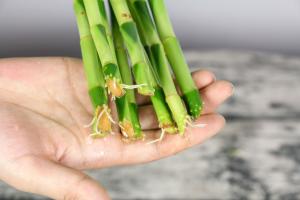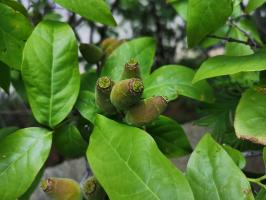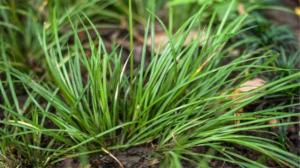Do You Stake Tomato Plants?
Tomatoes are a favorite garden crop for many people. They are easy to grow, delicious, and versatile in the kitchen. However, as tomato plants grow, they can become heavy with fruit and tip over. This is where staking comes in. Staking tomato plants is a common practice among gardeners to keep them upright and healthy. In this article, we will discuss the benefits of staking tomato plants and how to do it effectively.
Benefits of Staking Tomato Plants
Staking tomato plants offers several benefits, including:
Preventing plant damage: When tomato plants grow too large, their stems can break under the weight of the fruit. Staking keeps the plants upright and prevents this damage.
Better air circulation: Staking tomato plants provides better air circulation around the plants, which can reduce the risk of disease and pests.
Easier harvesting: A staked tomato plant is easier to harvest compared to one sprawling on the ground.
More sunlight: A staked tomato plant can be trained to grow upward, allowing more access to sunlight for the entire plant.
How to Stake Tomato Plants Effectively
Now that we know the benefits of staking tomato plants, let's discuss how to do it effectively.
Select the Right Type of Stake
When choosing a stake for your tomato plants, it is important to consider the height and strength of the stake. A stake that is too short or weak will not provide enough support for the plant. A good rule of thumb is to choose a stake that is at least 6 feet tall and made of sturdy material, such as wooden posts, metal pipes, or bamboo.
Plant the Tomato Seedling Correctly
Before staking your tomato plant, make sure to plant it correctly. The hole should be deep enough to encourage the roots to grow downward. Position the stake close to the stem of the plant, being careful not to damage the roots. As the plant grows, tie it to the stake with twine or clips.
Prune the Plant
To encourage upward growth and better fruit production, it is important to prune your tomato plant. Remove the lower branches and any branches that are growing towards the ground. This will allow more sunlight and air to circulate around the plant, which will improve its health.
Check the Ties Regularly
As the tomato plant grows, it is essential to check the ties regularly. Make sure they are not too tight, as this can damage the stem. Also, adjust the ties as needed to keep the plant upright and supported.
Consider Different Staking Methods
There are different staking methods you can consider for your tomato plants, including:
Cages: Tomato cages are a popular staking method. They are made of wire mesh and provide support to the plant as it grows.
Trellises: Trellises are another effective staking method. They can be made of wood, metal, or bamboo and provide vertical support to the plant.
Single stakes: Single stakes are a simple staking method that involves using one stake for each tomato plant. This is an effective method for small gardens or individual plants.
Conclusion
Staking tomato plants is an essential practice for any tomato gardener. It offers many benefits, including preventing plant damage, better air circulation, easier harvesting, and more sunlight. By following the tips in this article, you can stake your tomato plant effectively and enjoy a healthy, productive garden crop.

 how many times do yo...
how many times do yo... how many planted tre...
how many planted tre... how many pine trees ...
how many pine trees ... how many pecan trees...
how many pecan trees... how many plants comp...
how many plants comp... how many plants can ...
how many plants can ... how many plants and ...
how many plants and ... how many pepper plan...
how many pepper plan...
































